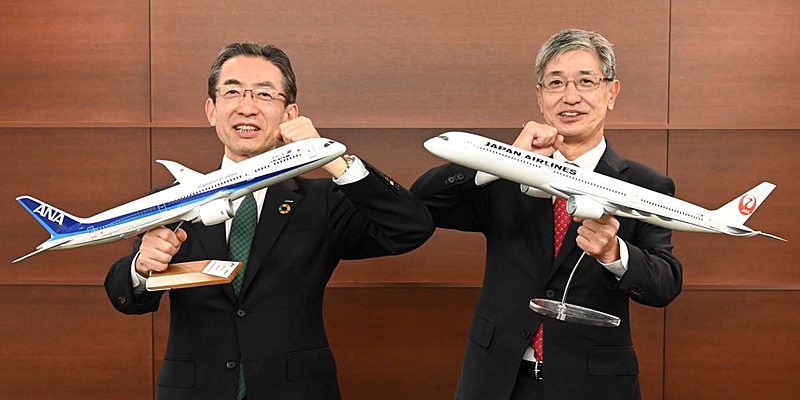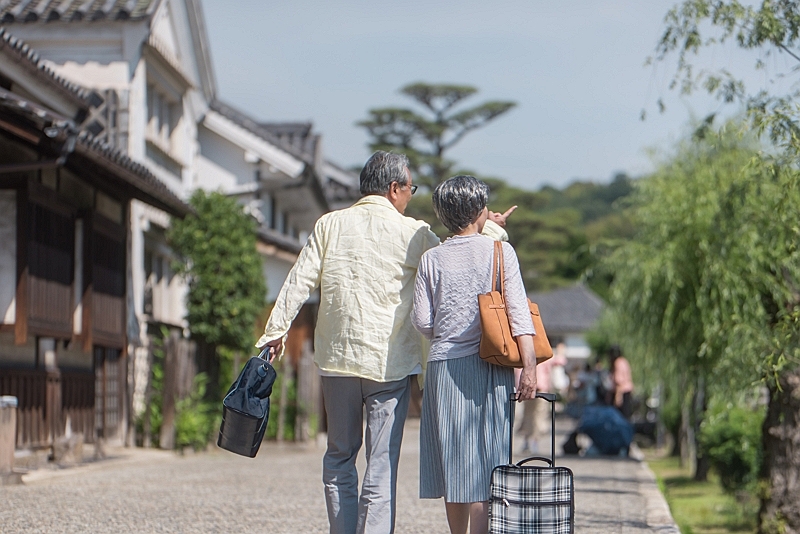
ANA and JAL drew up a joint report ‘Toward Virtually Zero CO2 Emissions from Air Transport in 2050’ to expand awareness and understanding of Sustainable Air Fuel (SAF) in Japan. Both of the airlines are delivering information on production and use of SAF to the public in harmony with the government’s initiative.
At the same time, ANA and JAL joint ‘Clean Skies for Tomorrow Coalition’ of World Economic Forum and joinly signed the 2030 Ambition Statement, pledging to cooperate in increasing the share of SAF in the global aviation industry to 10% by 2030.
The report says that SAF is an essential alternative fuel to achieve practical zero CO2 emission from air transportation in 2050 because it enables an airline to reduce CO2 emission by about 80% in the lifecycle from collection and production to combustion compared to the conventional fuel. Also, it values that the exiting infrastructures can be used.
Meanwhile, the report points out that building of mass production systems and distribution systems for SAF is still challenging, as production of SAF accounts for 0.03% only of the total demand. It is necessary to shift 10% of used fuel at least to SAF by 2030 to achieve the ultimate goal.
The report also estimates that Japan will need SAF of up to 23 million KL to achieve the goal, and the SAF market is expected to expand to about 22 trillion JPY in Asia.





